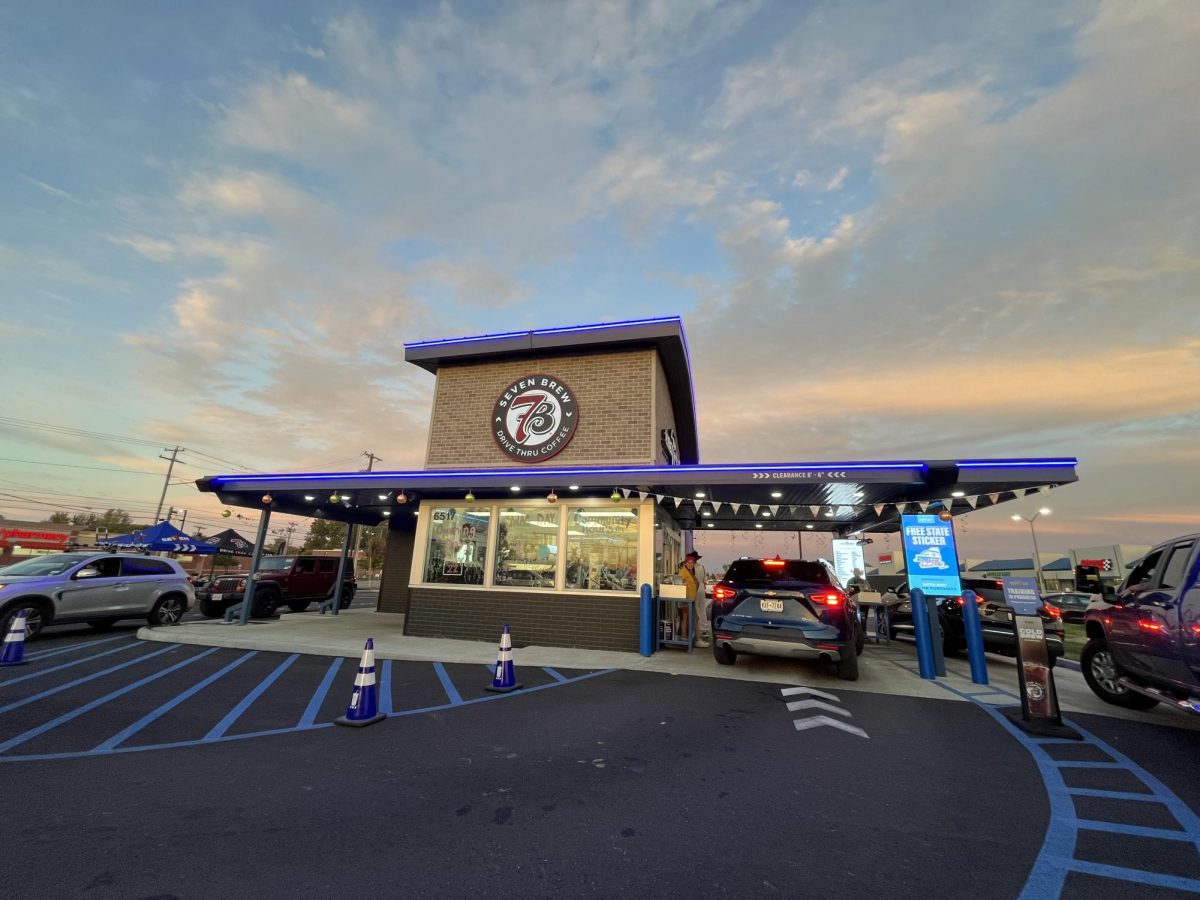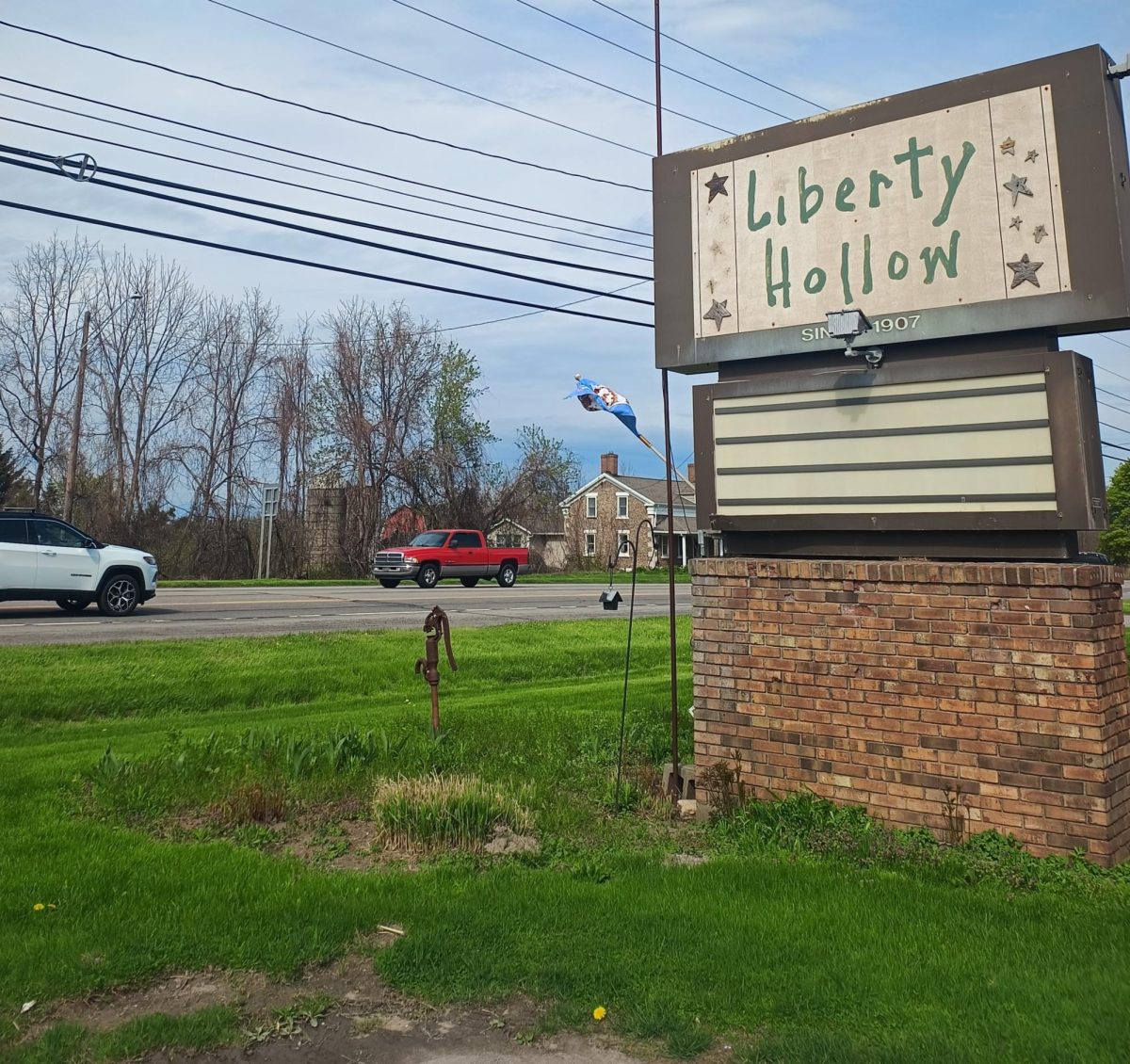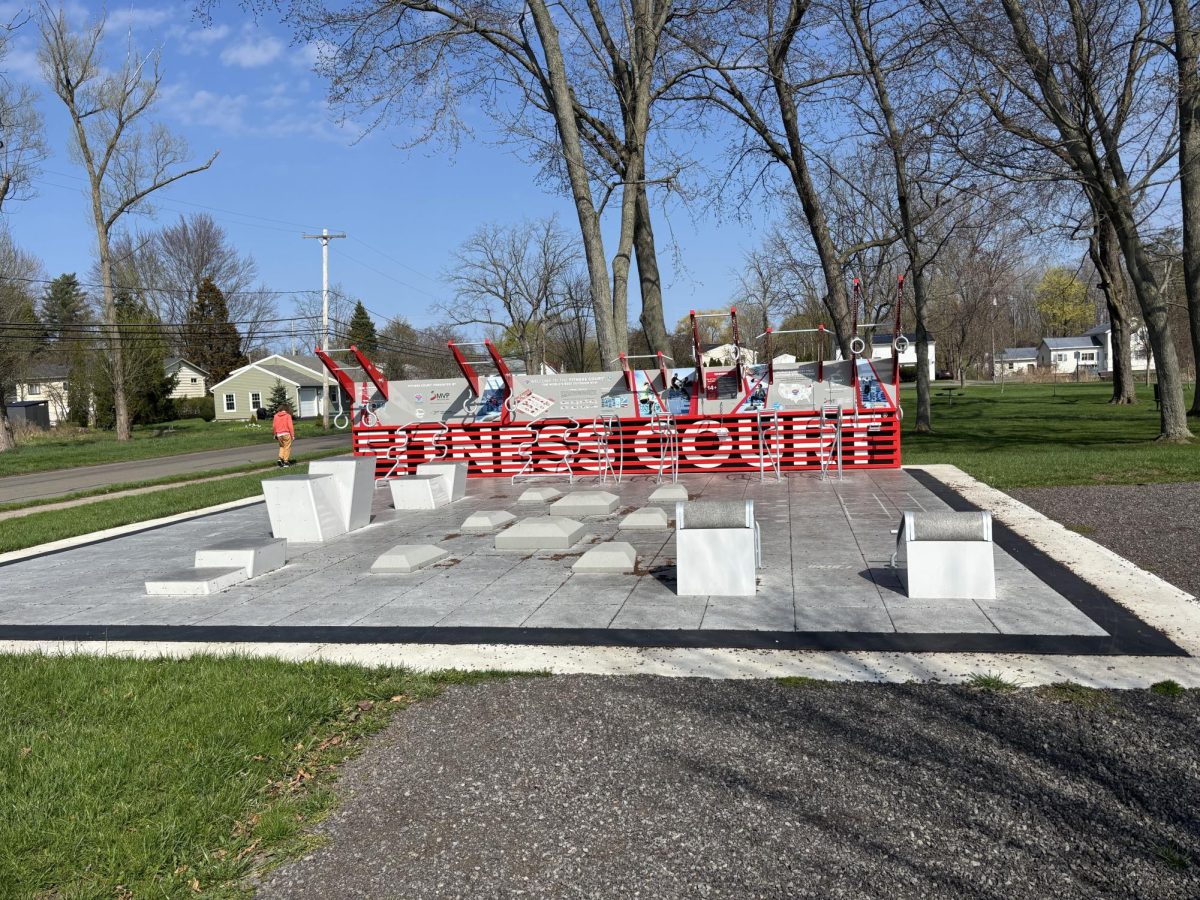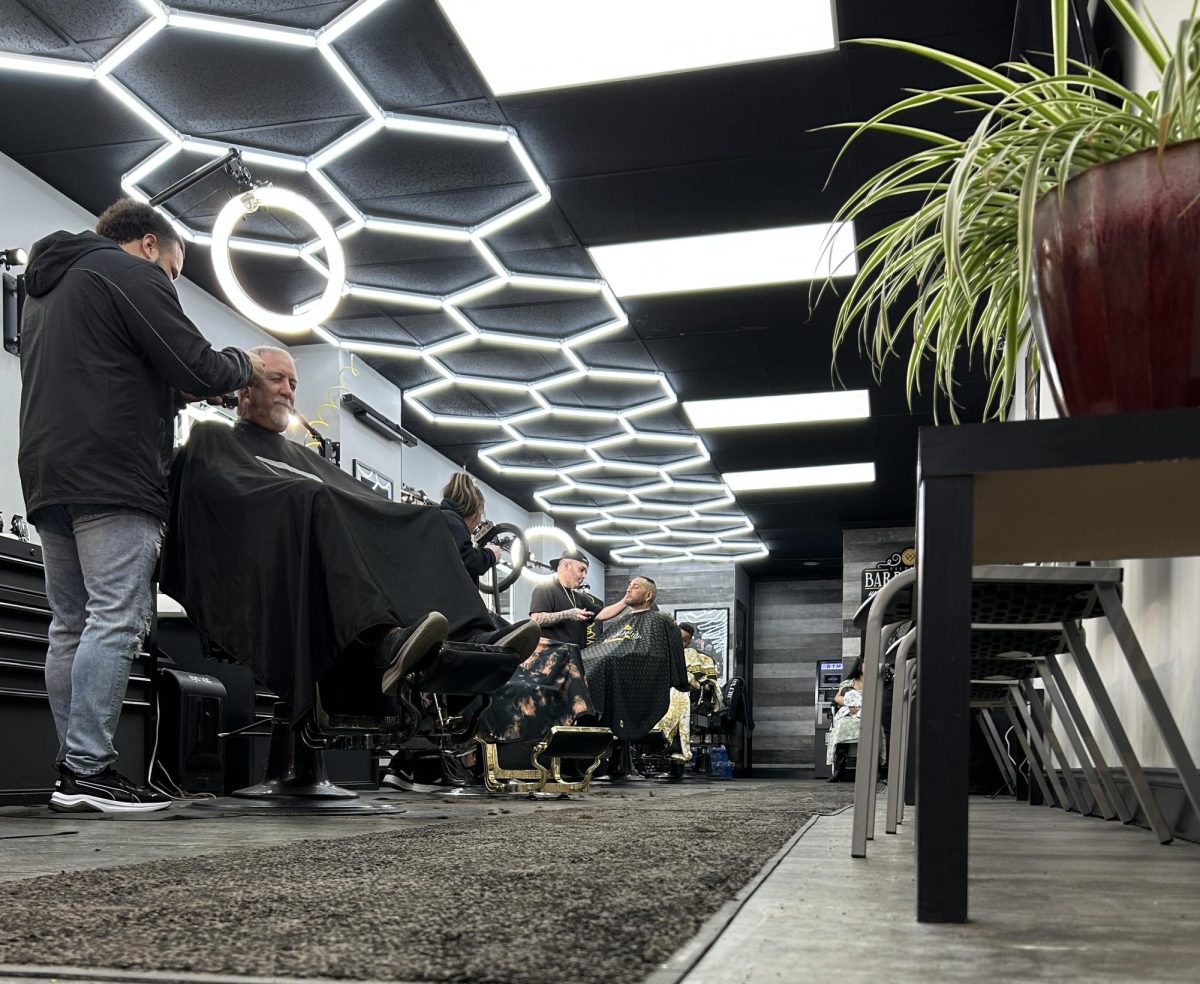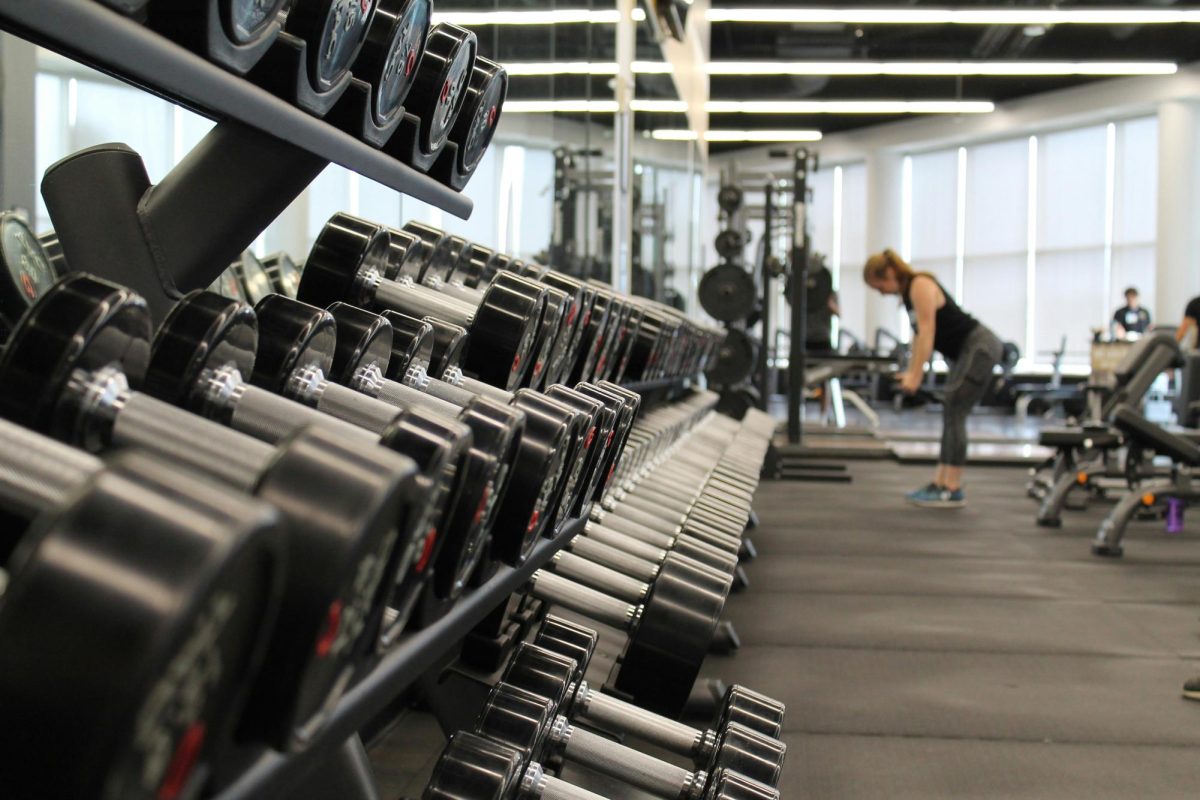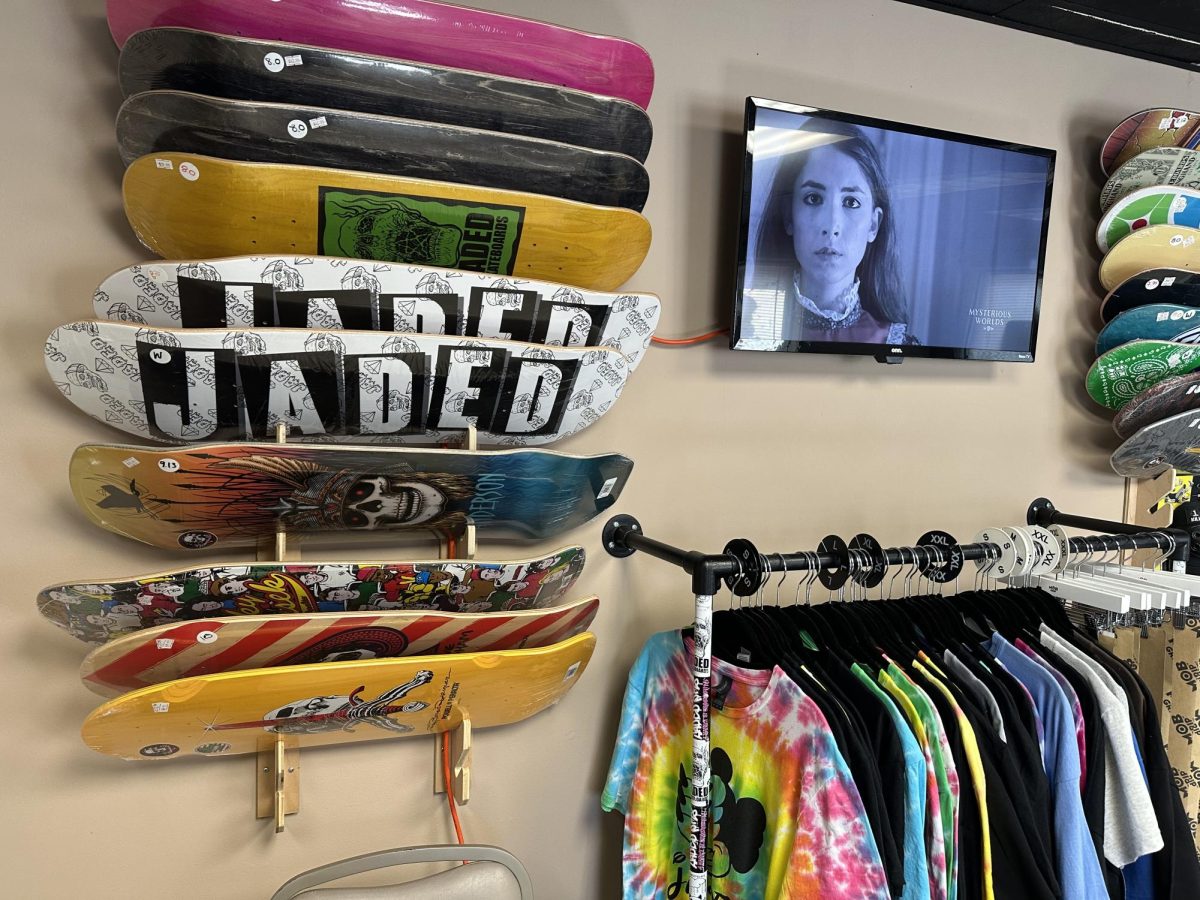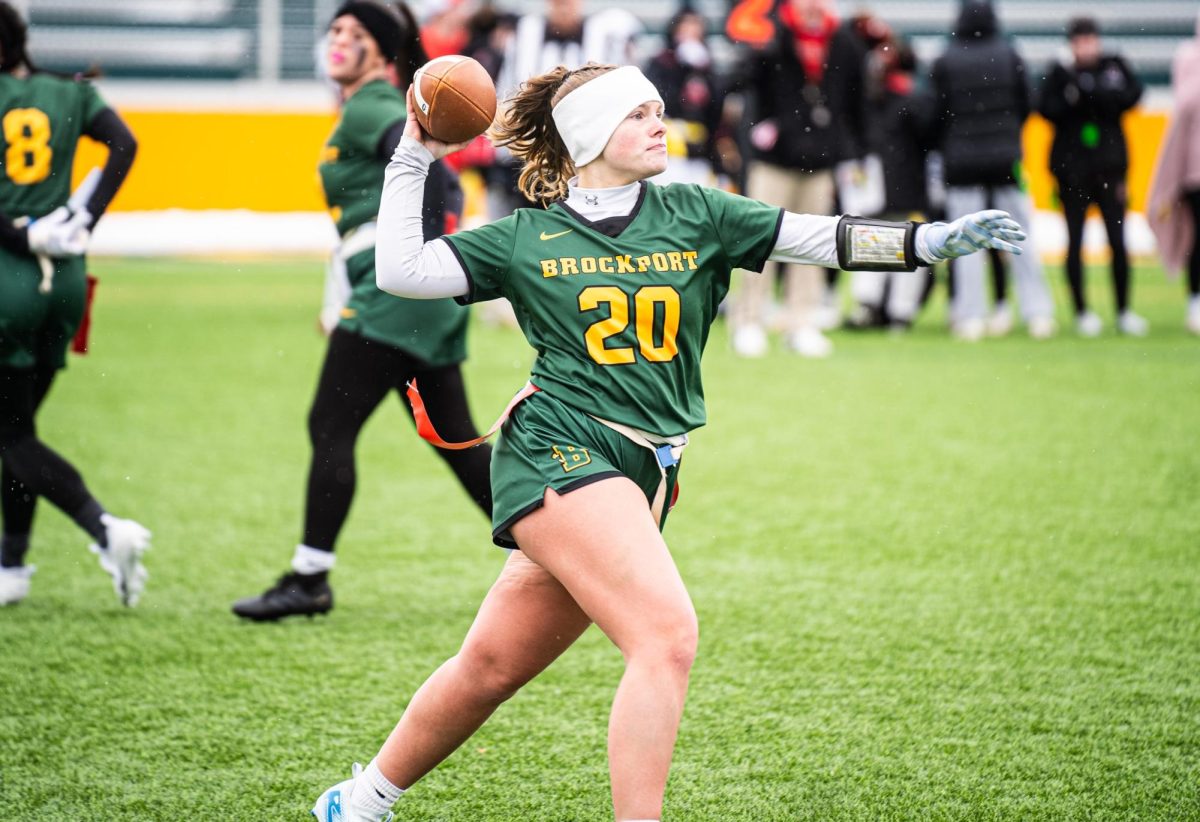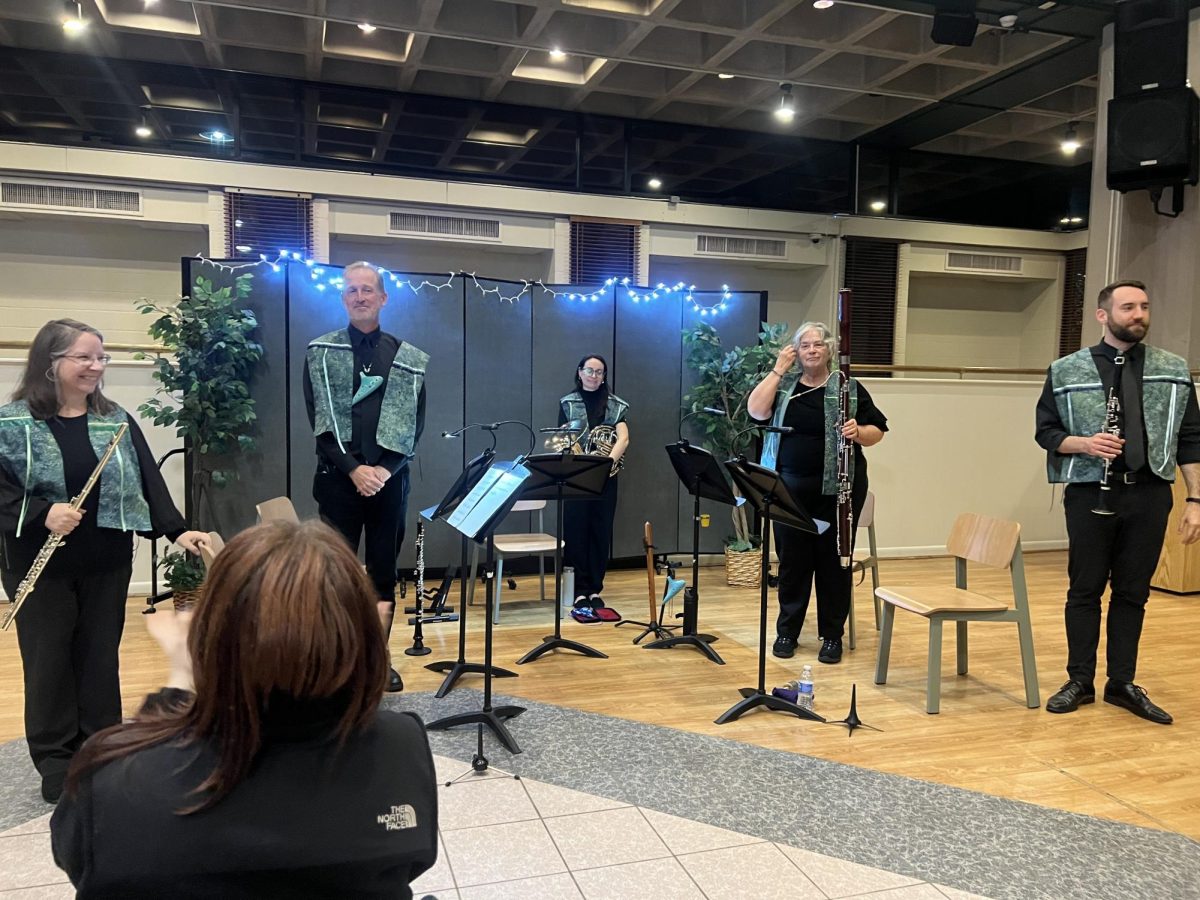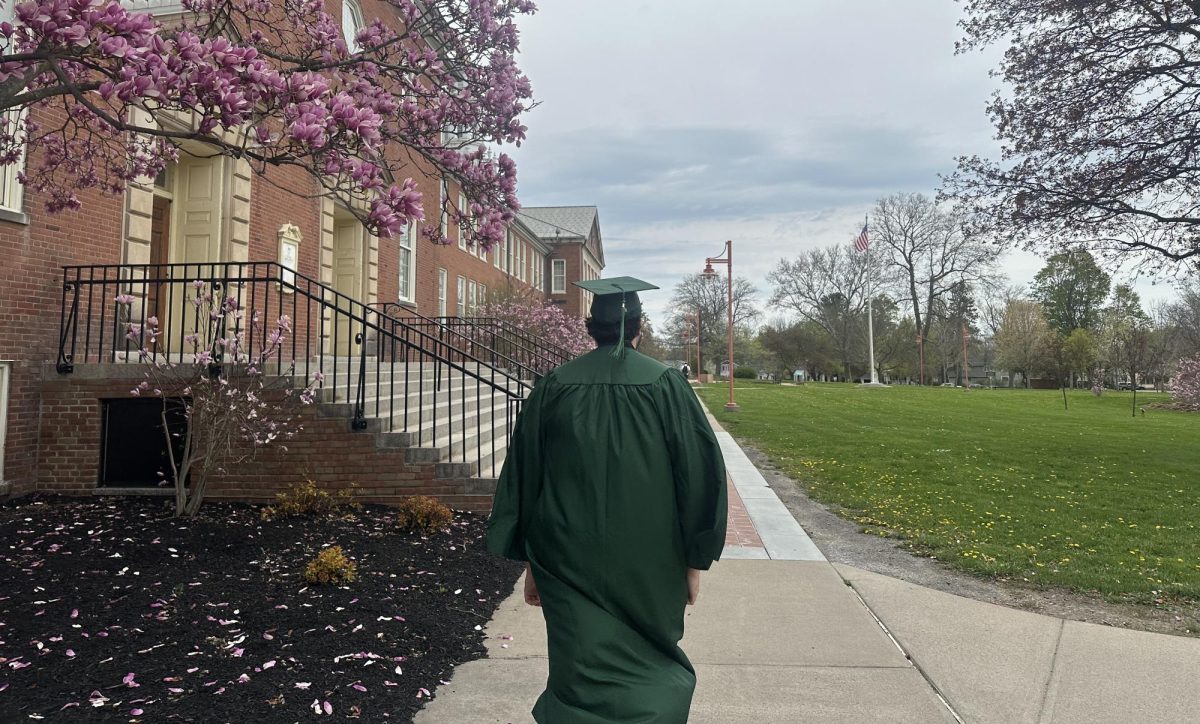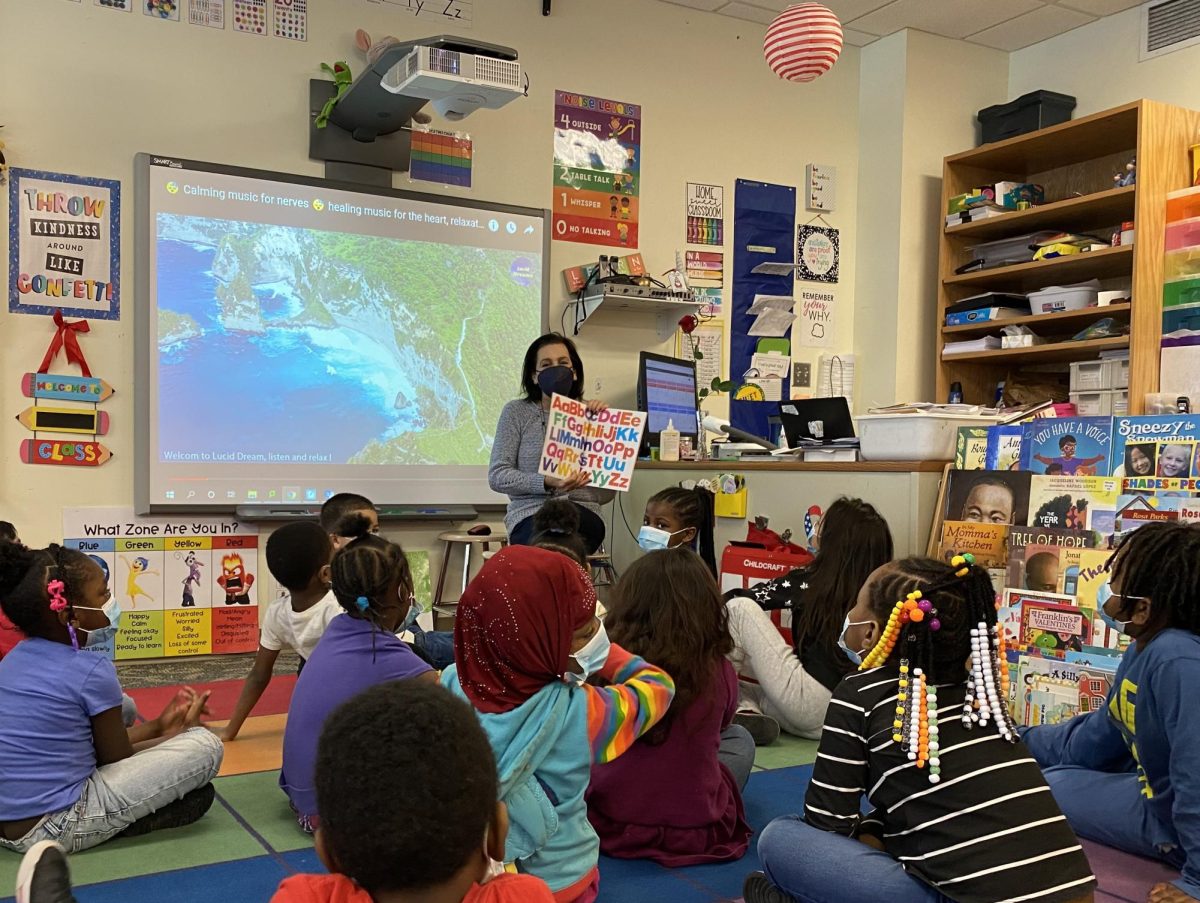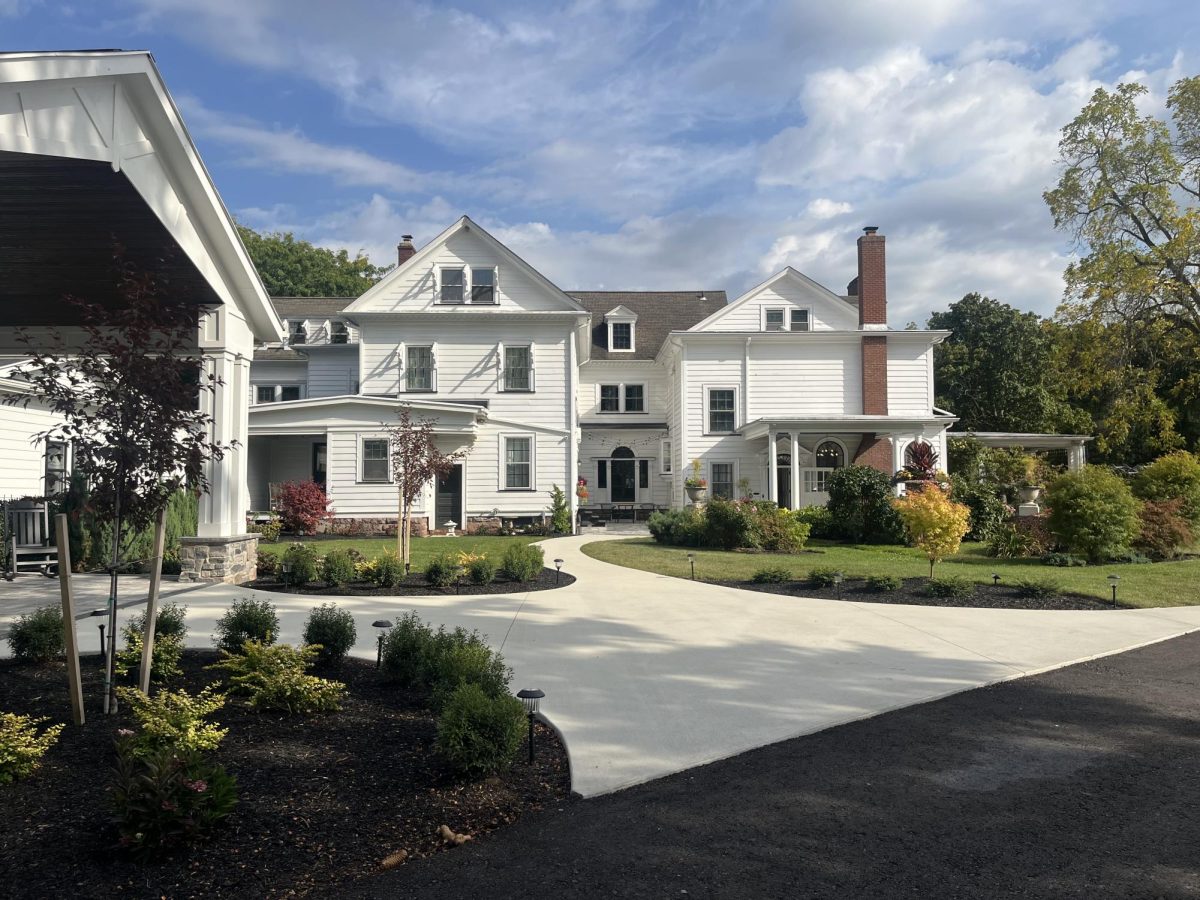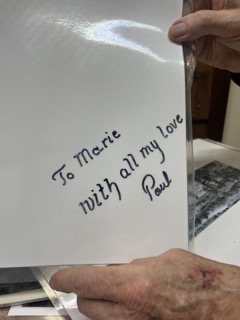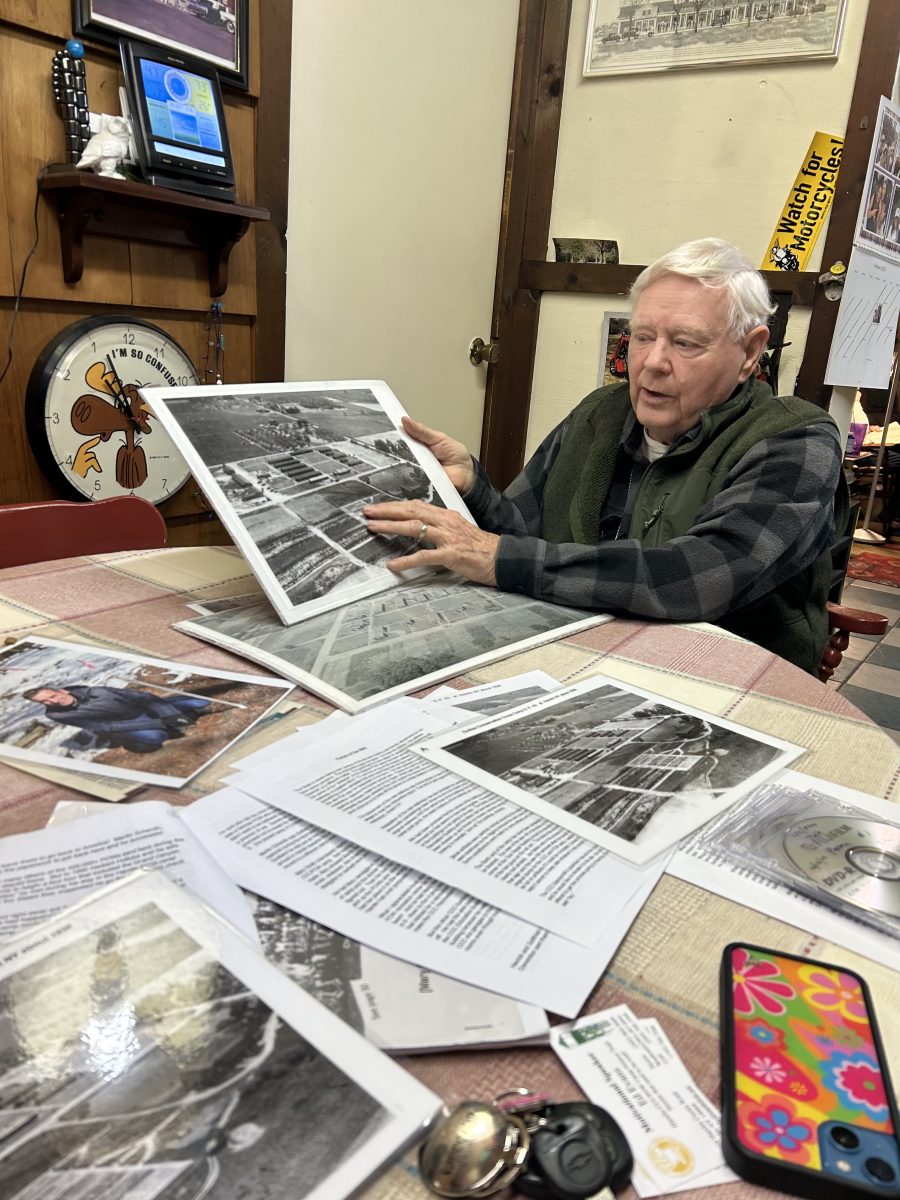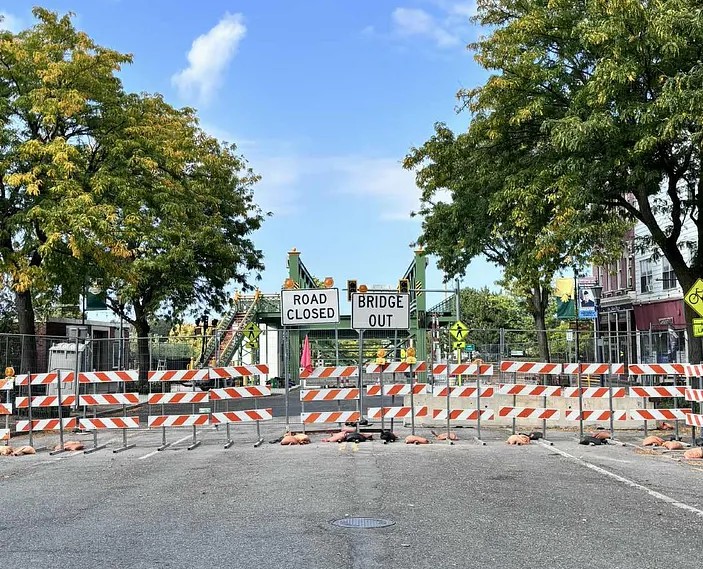Hours, days, months, years spent to perfecting a single painting, getting that perfect shot, making the perfect collection, for the doors to open and nobody is outside. Art galleries have seen a drop in attendance over the years and artists are suffering for it. Why is there a decline in the arts?
This reality is all too true for many local art galleries, but it is also an issue for larger museums. The past few years is an indication as to why. Many small businesses have seen a drop in consumer traffic since the COVID-19 pandemic. As regulations lift, businesses still find themselves hurting.
While this problem is occurring nationwide, the Brockport community is seeing this struggle too. The Hart Gallery 27 off Main Street has seen better days when it comes to attendance. The building itself is rich with history dating back to 1820 when it used to be a church. After being a church it was then occupied by a few grocery stores. By 2009, Sarah Hart, rented out the gallery and by 2019 she officially bought it. Since then, she has created a space for other artists to display their work. Most of these artists are local to the western New York community.
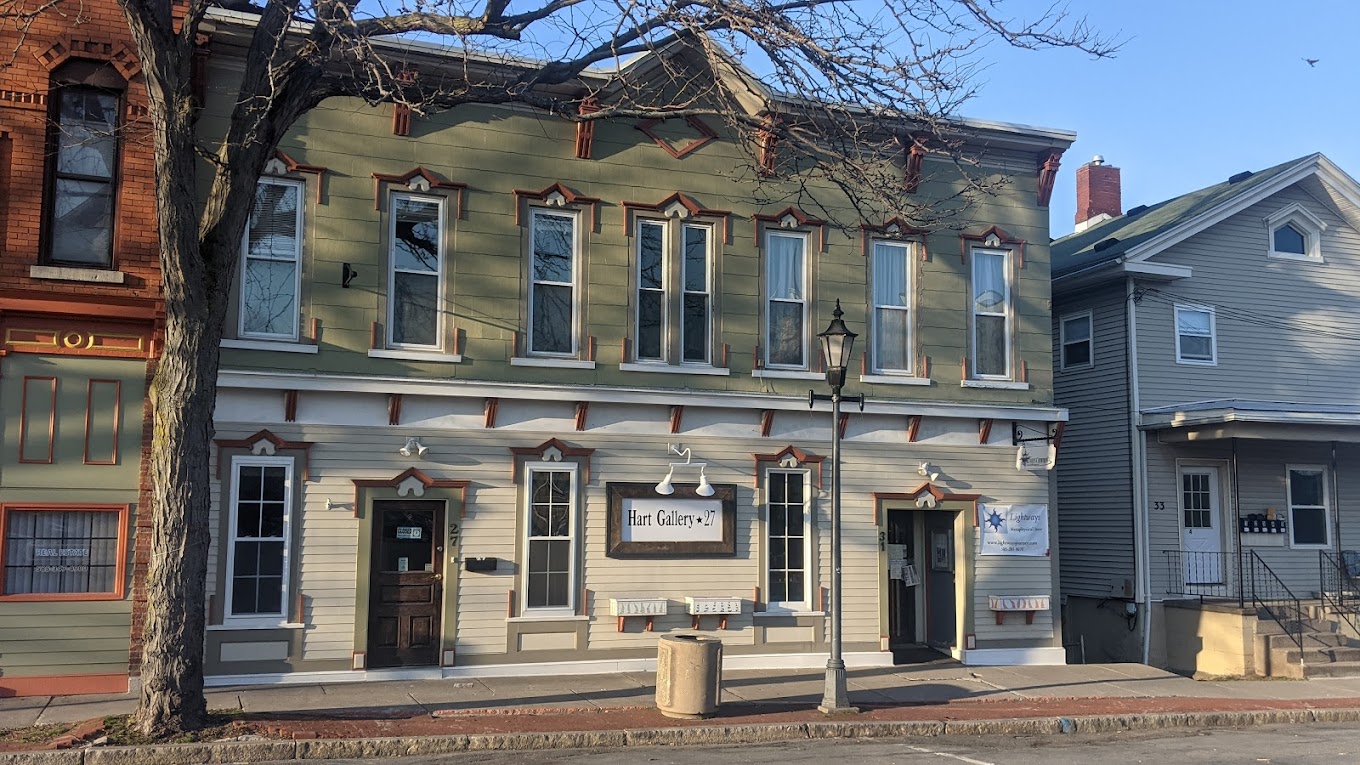
The gallery has thrived in the years between 2009 and 2019 but Hart doesn’t understand why attendance is down. In the month of October alone, nobody had stopped in to see the exhibit.
“I don’t know what I’m doing wrong,” said Hart. “I’ve tried everything. I’ve advertised, I got a marketing expert to help me with social media, and I host events with free drinks and live music and yet nobody comes,” said Hart.
The businesses of Brockport have experienced similar struggles since the COVID-19 pandemic. Even the SUNY Brockport’s campus gallery, The Tower Gallery. The Tower Gallery director, Jennifer Hecker, has watched the attendance dwindle over the past few years.
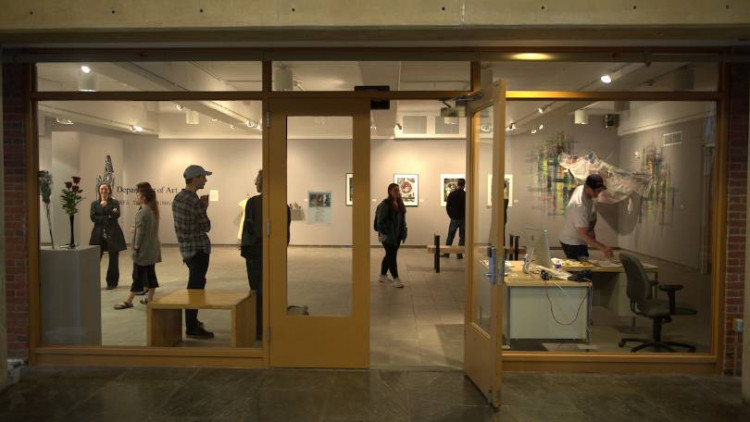
“They are popular among art students. Other students visit if required for a class. If it is a student exhibition, friends and family members attend. Specific exhibits will also bring in others. Sometimes we do cross-disciplinary exhibitions to create bridges and help people make connections,” said Hecker.
Hecker indicates that the problem might not be interest in these exhibits but budget problems that make it difficult to bring the art to life in the right atmosphere.
“Like everywhere and everyone, it seems today there are financial challenges. I know I would like to make the opening receptions nicer; I‘d like to pay all the artists honoraria for participation; I’d like to program events in conjunction with the exhibitions: talks, workshops, etc.,” said Hecker. “There just is not enough money to do those things. It also takes a great deal of time to identify exhibition themes and artists, perhaps find additional funding, arrange for delivery and pick up, install the works, hire gallery guards, etc. It could be a full time professional position, but it is not here,” said Hecker.
The Tower Gallery relies on word of mouth when it comes to event promotions. They also send out press releases and post cards with event information on them. Hecker says the problem might be how people view art in todays world.
“Art is experiential. Viewing an image of a work on your phone or computer is not the same as interacting with the work in a gallery setting. You can move around the work, view it from multiple angles and distances. It can surprise you; you may encounter the unexpected. You can see its actual size. Also, galleries try to present the works in the best way they can—good lighting; enough space; an environment that allows you to focus on it without distractions,” said Hecker.
In this world of screens, posts and likes, people forget the experience of attending a work of art in person. Art can be even more inspiring when it comes from people within your community. Attending local art galleries is a way to support local business and local artists while experiencing another way to view art that isn’t on your phone screen.

